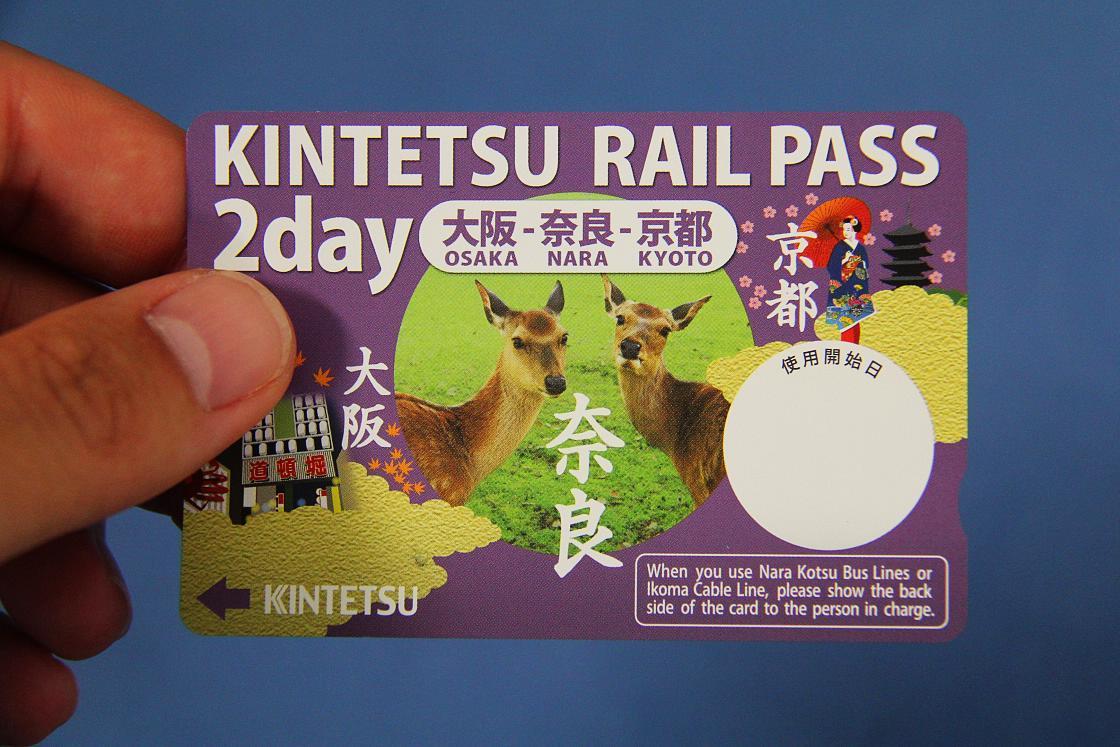Echoes of the Past on a Side Trip from Osaka
Mount Yoshino (Yoshinoyama) in Nara Prefecture is perhaps best-known as one of the premier places in Japan to see the cherry blossoms come spring when the town's hillsides glow a brilliant pink and attract droves of tourists. An aspect of the area that is less-known however is the long and rich history that this mountain is steeped in.
Not only did Mount Yoshino once house the seat of power for an emperor in the midst of one of the land's most tumultuous political struggles, but the area also has for many centuries been a center of Shugendo, a form of mountain worship adhered to by ascetic practitioners called 'yamabushi'.
Yoshino is easily reached via the Kintetsu Railway from Osaka-Abenobashi Station, and with so many of the mountain's features intertwined with its illustrious history, Yoshino was an easy pick as an exciting and convenient side-trip.
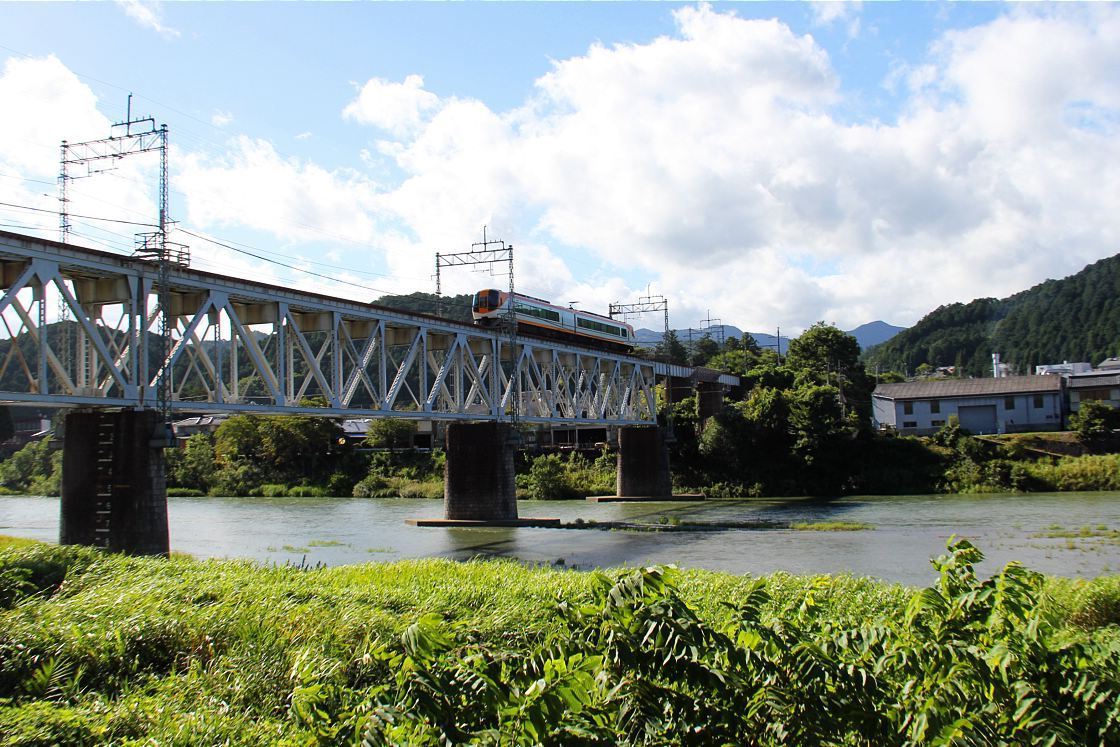
After alighting at Yoshino Station at the foot of Mount Yoshino, I began my ascent of the mountain, taking in the charming scenery along the trail as it snaked up to the main part of the town. The first stop of the day was to be at Kinpusenji Temple, one of the most revered religious sites in the area and part of the UNESCO World Heritage sites of Yoshino.
The temple stands as one of the most important centers of Shugendo, a religion with tenets of both Shinto and Buddhism that has a pronounced focus on mountain worship. Rising from the floor of Kinpusenji's majestic main hall are broad pillars that are intended to resemble trees in an homage to the mountain and forest. The hall also contains various large, vibrant red lanterns hanging from its ceiling.
Hand in hand with its standing as an integral center of Shugendo, the temple also marks the beginning of a trail that climbs the mountain, eventually reaching Mount Omine, another mountain held as sacred in Shugendo. Learning of its history and significance, I found Kinpusenji to be as fascinating as it is beautiful, and recommend it as a great way to whet the appetite for more exploration and learning.
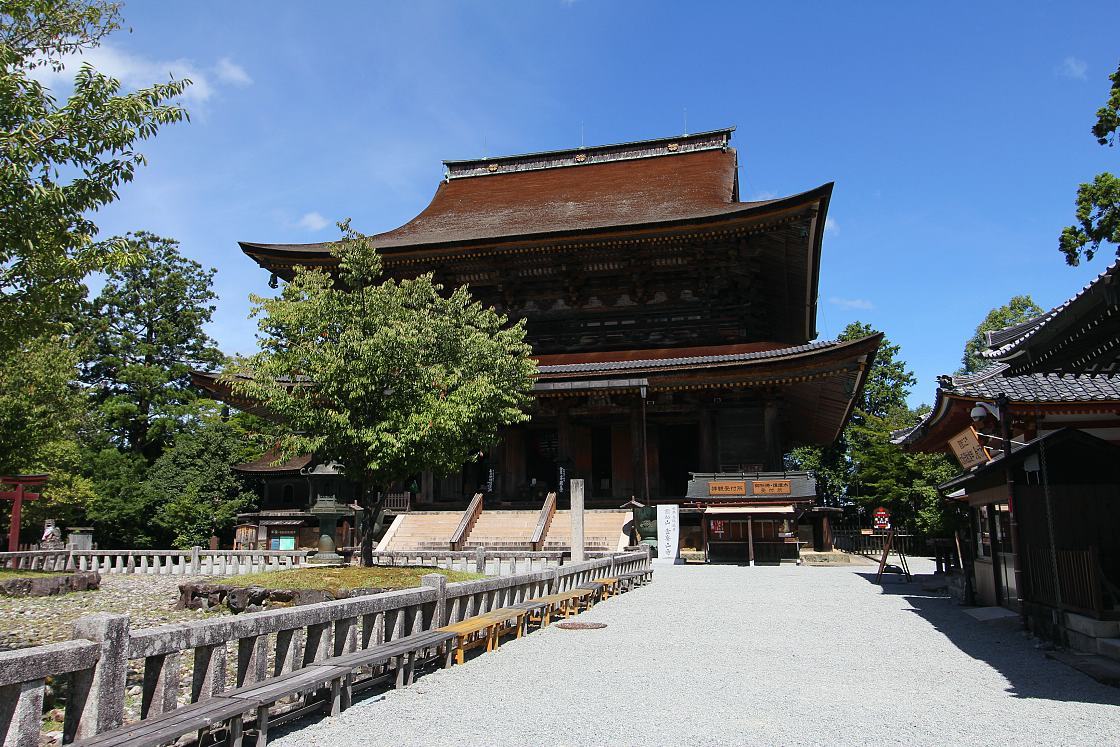
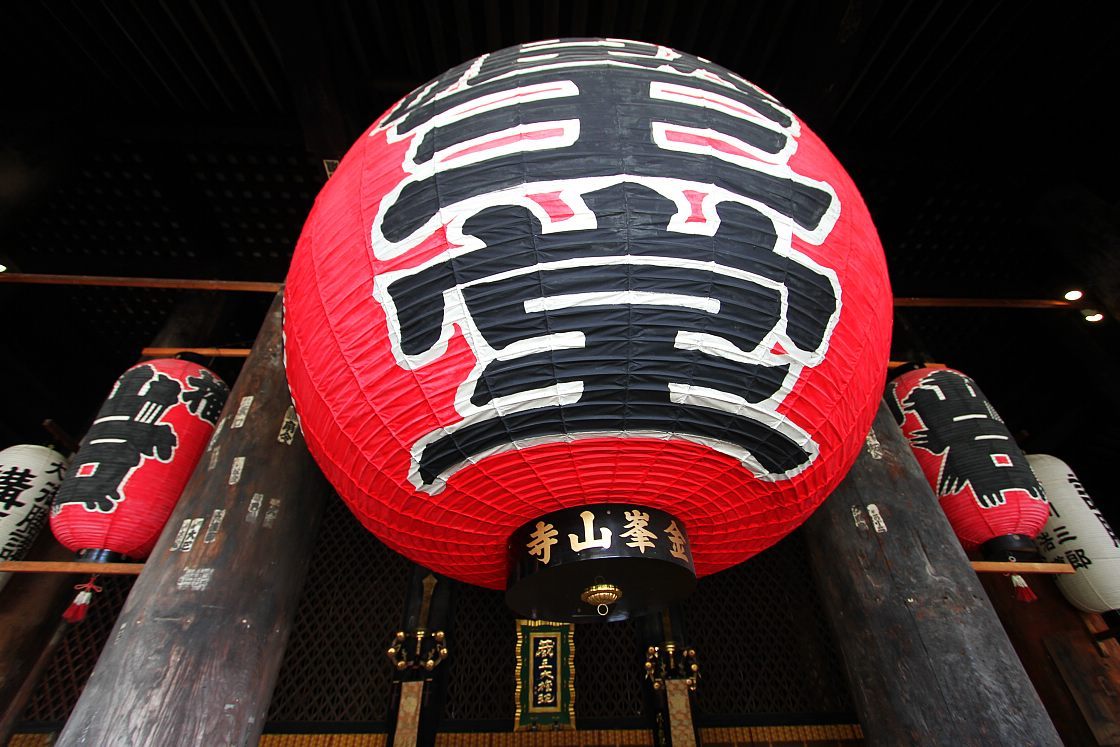
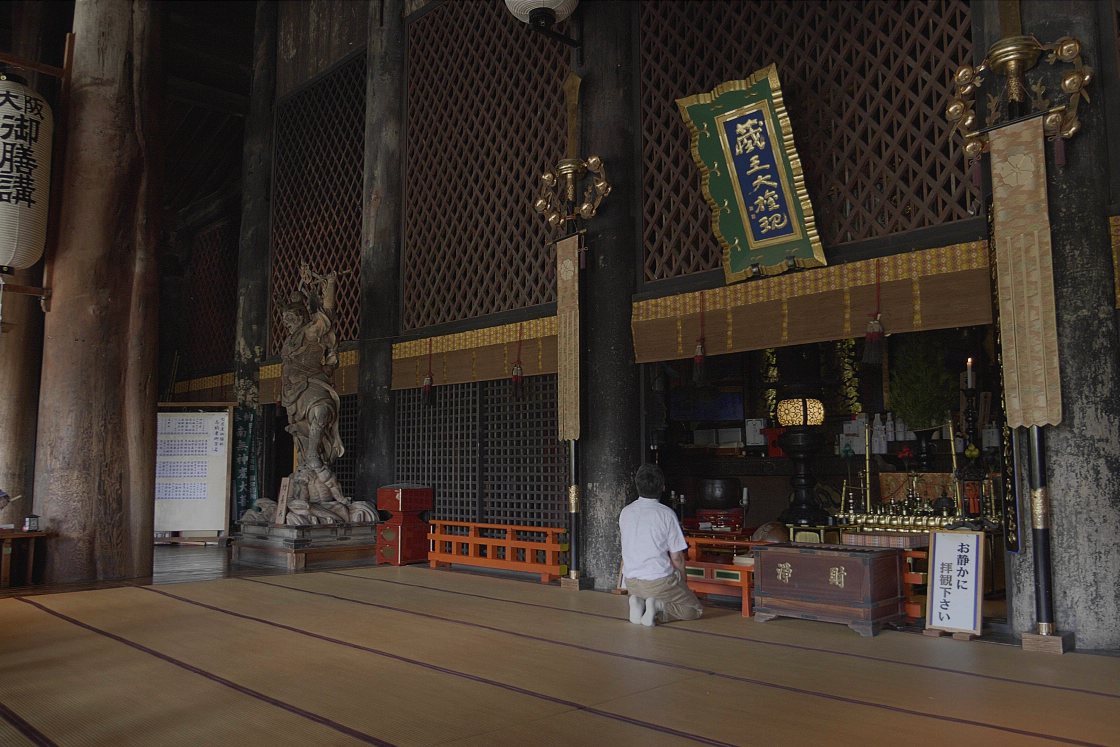
Before heading further up the mountain to the second of the day's destinations, there was time to grab a bite to eat, which I dutifully did at Yakko, a local restaurant specializing in kakinoha-zushi. Literally meaning 'persimmon leaf sushi', this unique type of sushi is easily identifiable through each piece being wrapped in a persimmon leaf. Usually limited to salmon or mackerel, this bite boasts a very interesting history.
In olden times when transportation of fresh fish from the nearest large bodies of water to Yoshino took a considerable amount of time, it was discovered that the persimmon leaf's antibacterial properties kept the fish from spoiling. Accordingly the fish came to be wrapped and served in this leaf, and today one of Yoshino's most recognized delicacies prevails to make for seriously delicious eating.
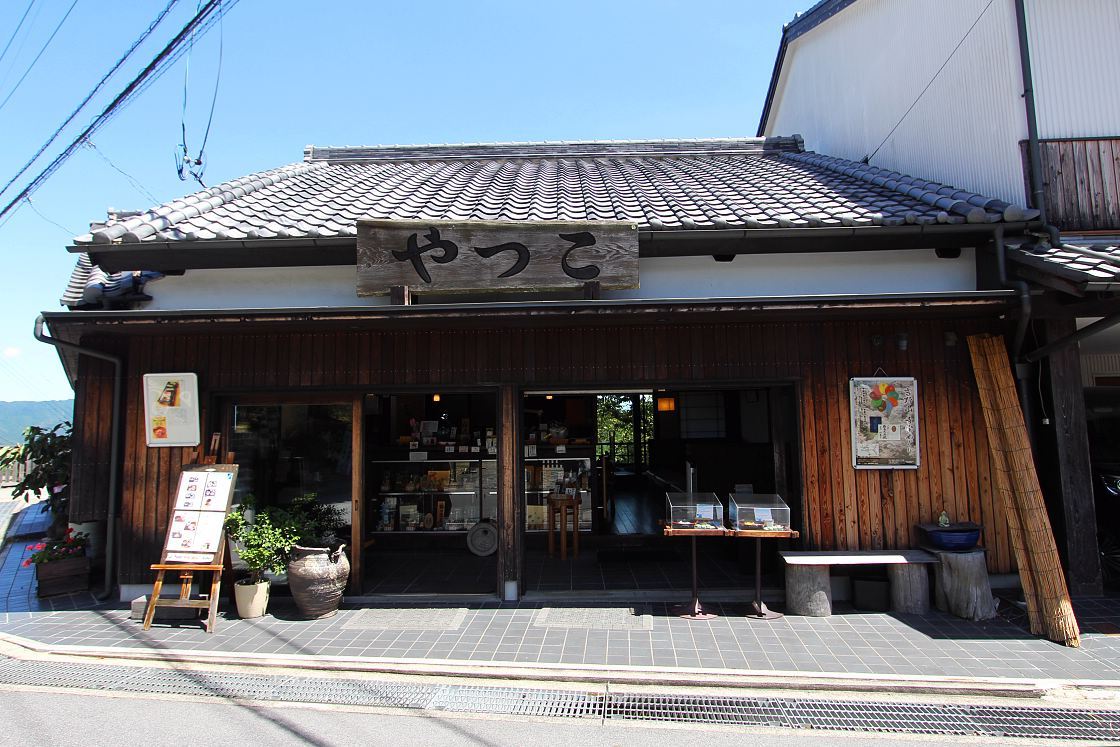
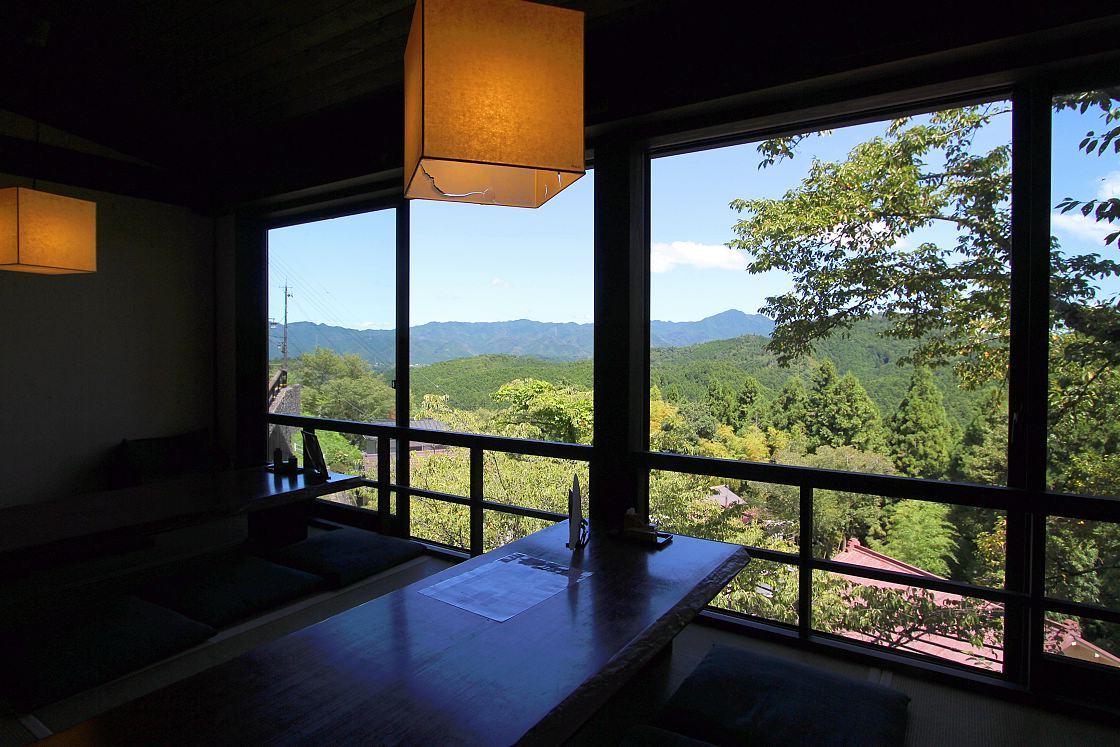
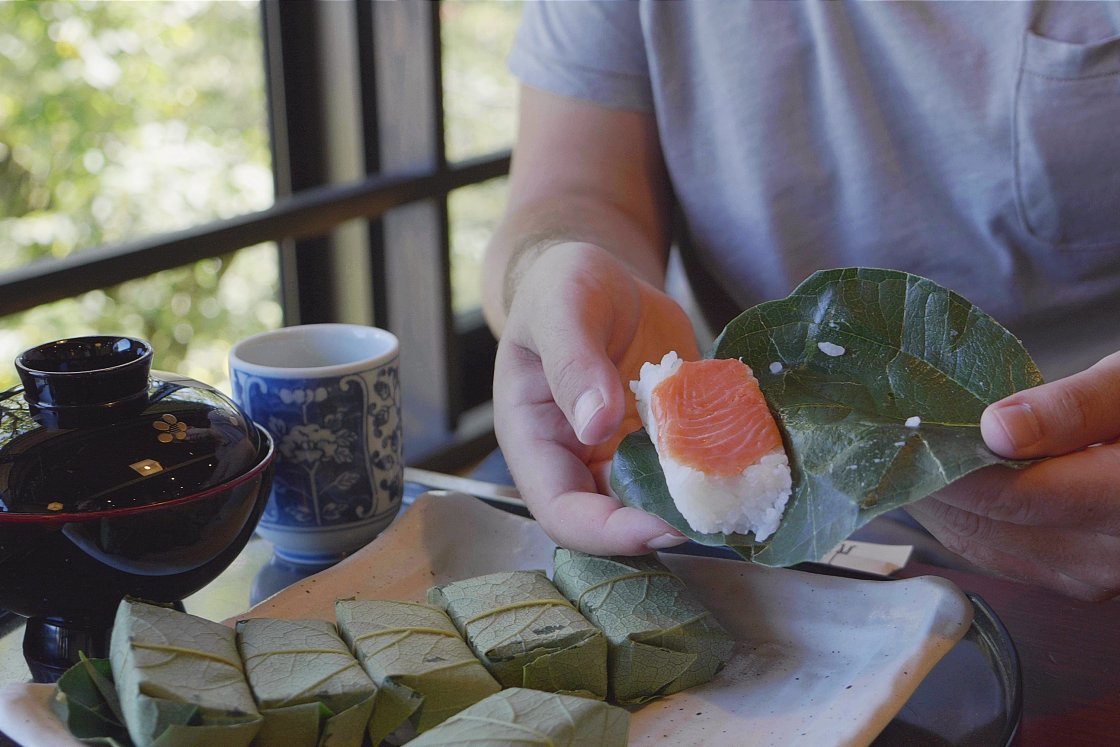
With my appetite satiated I sauntered on a little further up the mountain's narrow main street to the next stop on my educational adventure, Yoshimizu Shrine. These days, this shrine is most famous for providing a great vantage point from which to view the cherry blossoms in spring, but sakura aside the place boasts quite the fascinating history.
The complex was originally founded in the eighth century as a temple and in this capacity served as accommodation for the yamabushi (practitioners of Shugendo). Some time later in the 14th century there was an imperial succession dispute that led to the establishment of two rivaling emperors and imperial courts. The previously ruling Emperor Go-Daigo fled from Kyoto to Yoshino to establish his court on the mountain. Yoshimizu Shrine became the seat of Emperor Go-Daigo's power, making it effectively an imperial palace during this period.
Today, visitors can enter the shrine's main building which, through its various opulent tatami rooms and traditional layout, retains something of a palatial feel. The beautiful building is also adorned with artifacts pertaining to Emperor Go-Daigo and the shrine's history. Having learned much about this enchanting complex from my visit, it was time to meander further up the mountain to Sakuramotobo Temple.
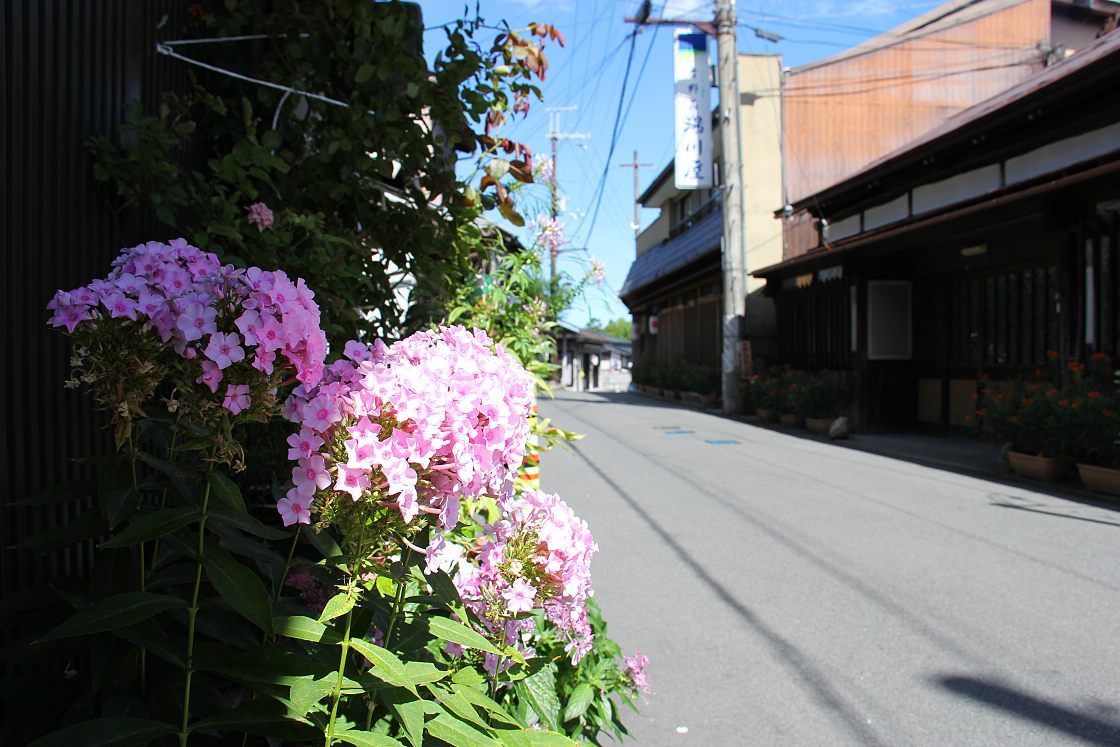

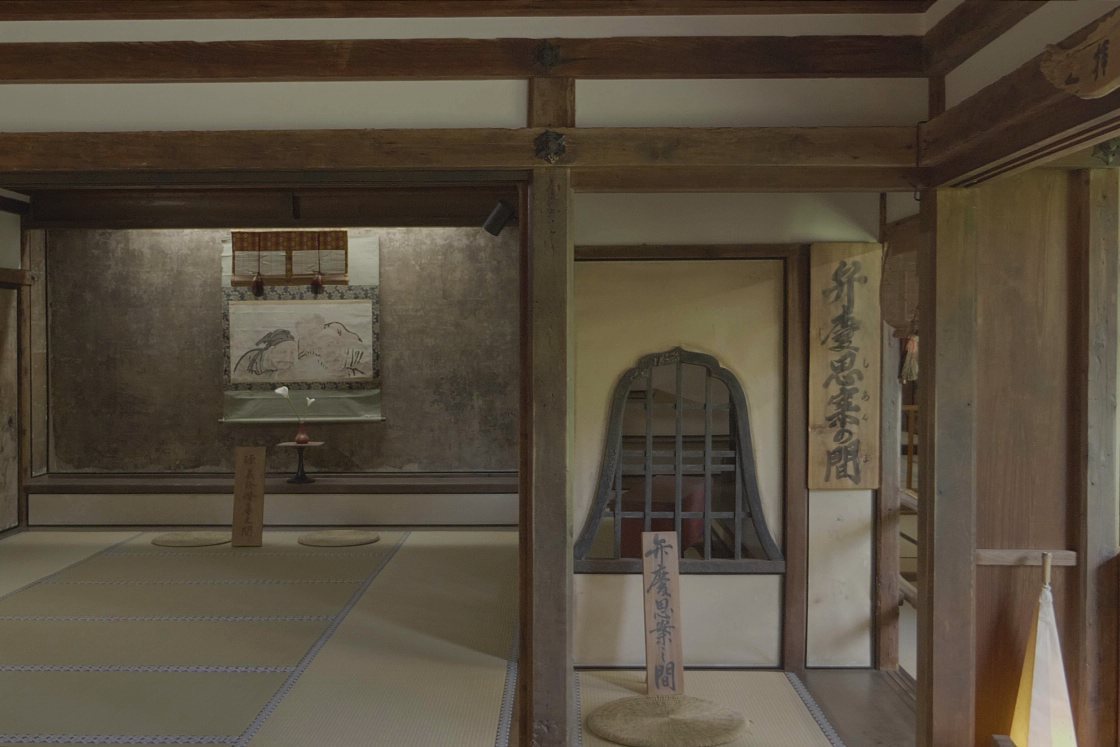
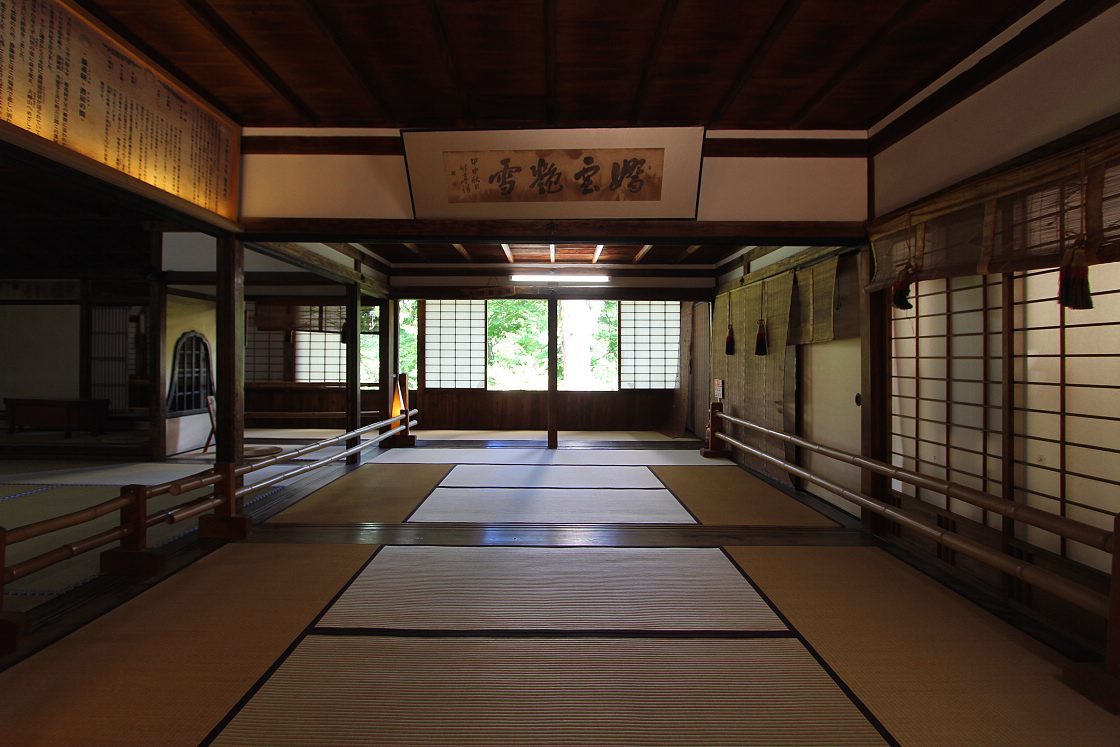
Like Kinpusenji further down the mountain, Sakuramotobo Temple is a center of Shugendo. The ancient temple was originally founded some 1350 years ago and houses as its main object of worship a statue of En no Gyoja, the founder of Shugendo.
It is possible to view the statue, which stands inside one of the complex's impressive buildings, whilst outside visitors can take in the scenes around the temple's picturesque grounds. A stand-out aspect of this temple is the English signage that accompanies many of the statues allowing certain foreign visitors an increased appreciation of what stands before them.
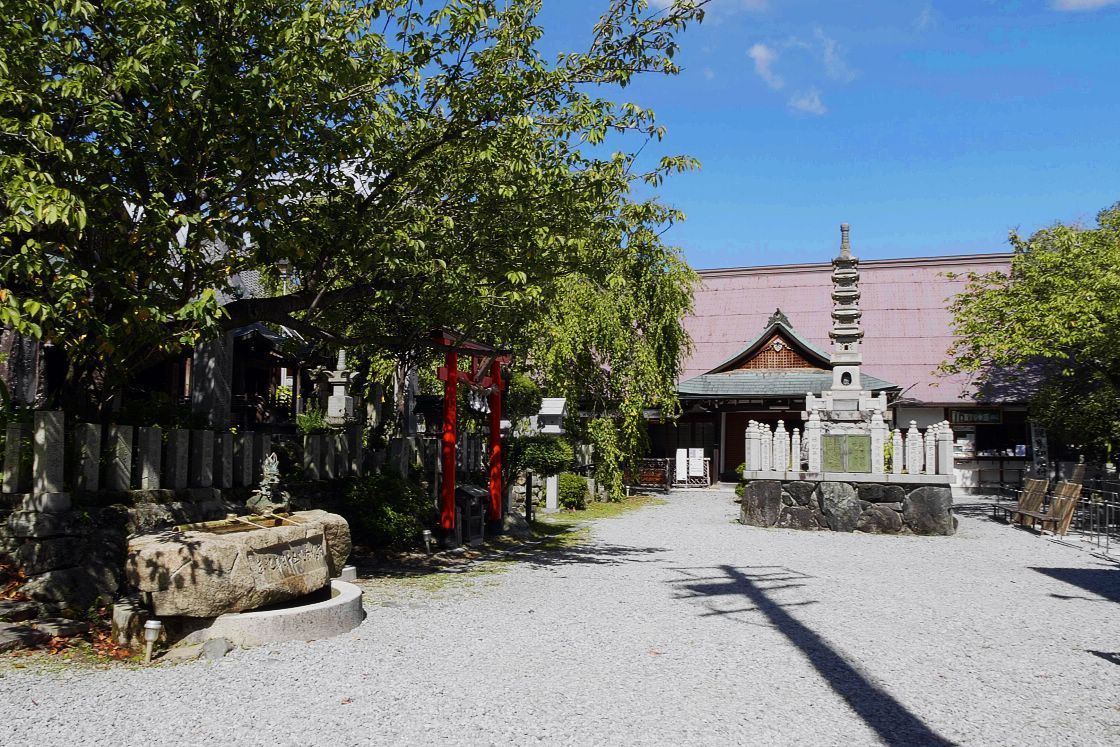
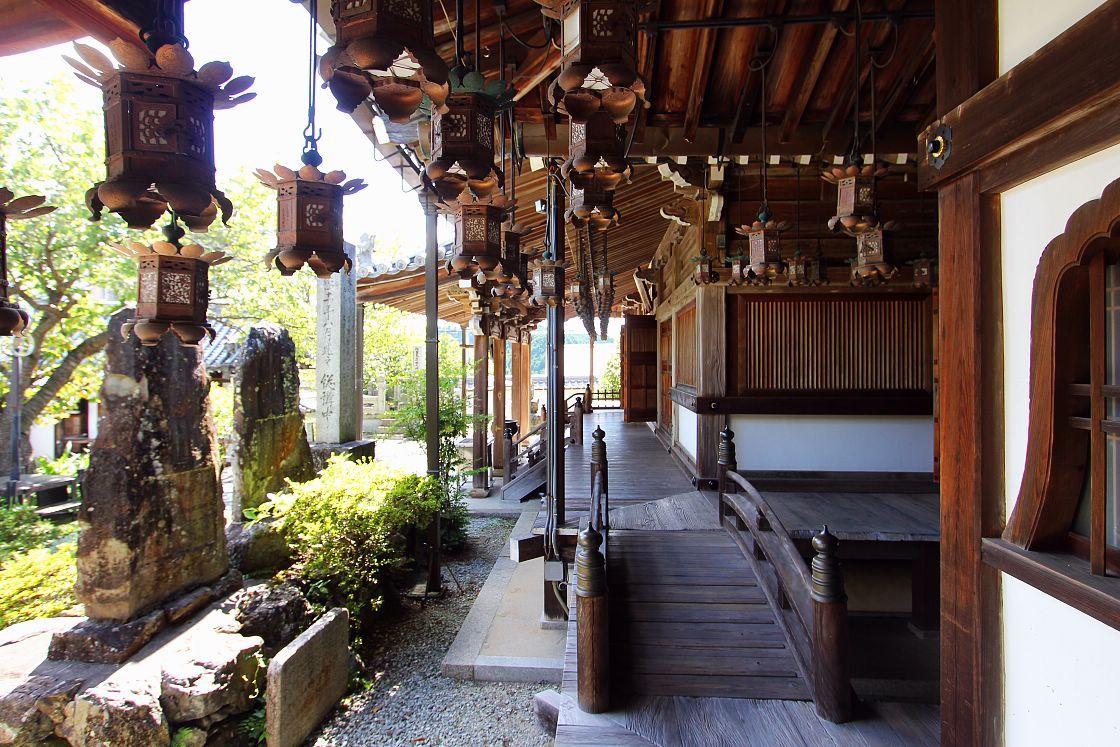
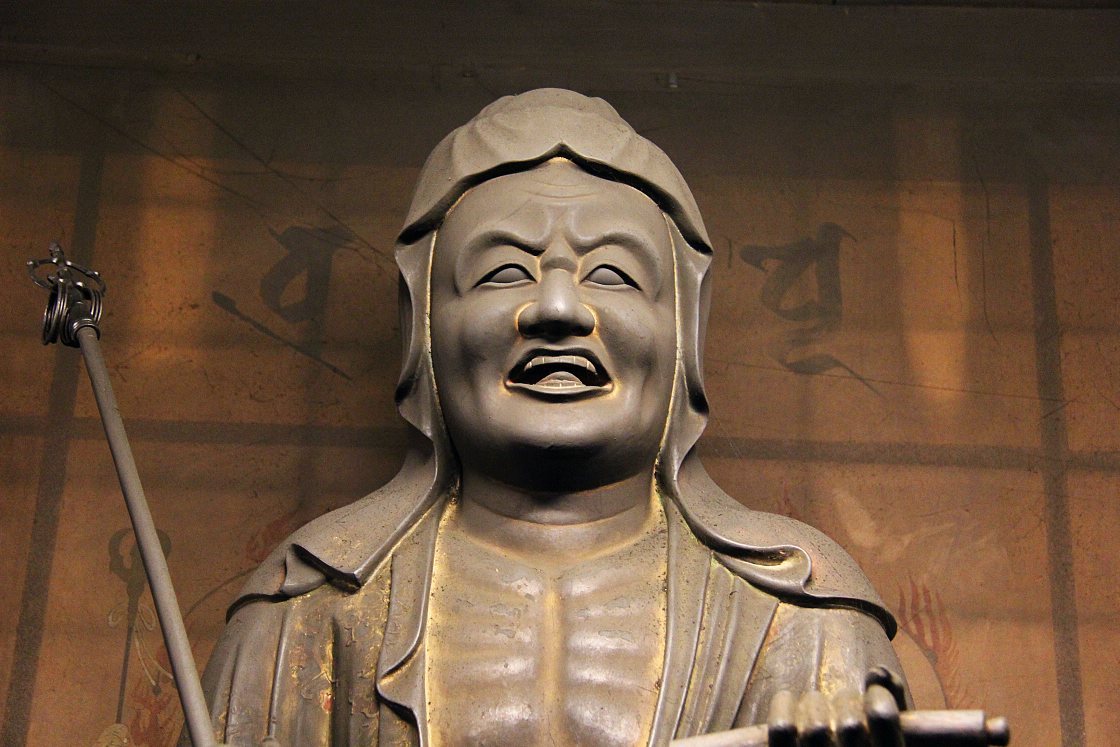
It was now late afternoon and as the sun began its descent towards the horizon I arrived at the place where I'd be spending the night, Chikurinin Gunpoen. This old Buddhist temple has for many years served, like Sakuramotobo, as accommodation for the yamabushi. These days however, it is also a traditional ryokan and welcomes travelers of all kinds.
Upon arrival, I dropped my bag and took a stroll around the temple's celebrated landscape garden, Gunpoen, which looked beautiful in the fading sunlight. Following this it was time to settle in and bathe in the ryokan's bath in anticipation for the night's evening meal.
Clad in my yukata (A light version of the kimono worn in summer and typically provided at most ryokan), I headed down to dinner to be met with a mouth-watering traditional Japanese feast consisting of sashimi, tempura, beef and somen noodles to name but a few. After the thoroughly enjoyable fare I made my way to bed, tired after such an exciting day of exploration.
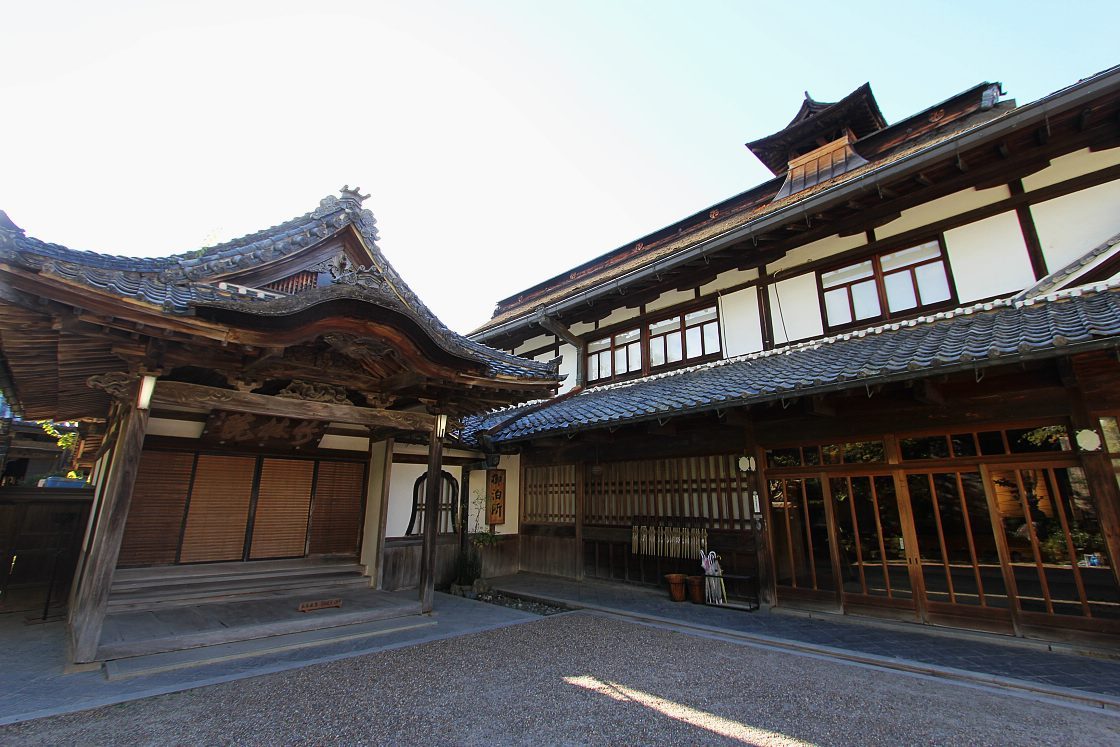

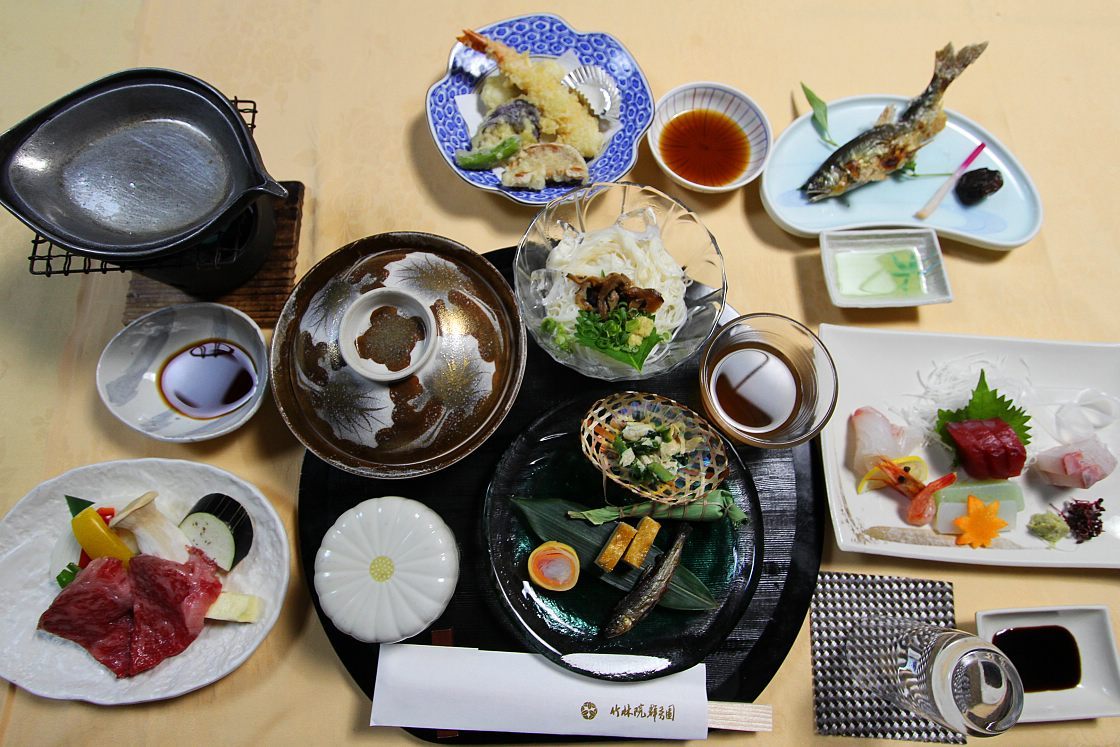
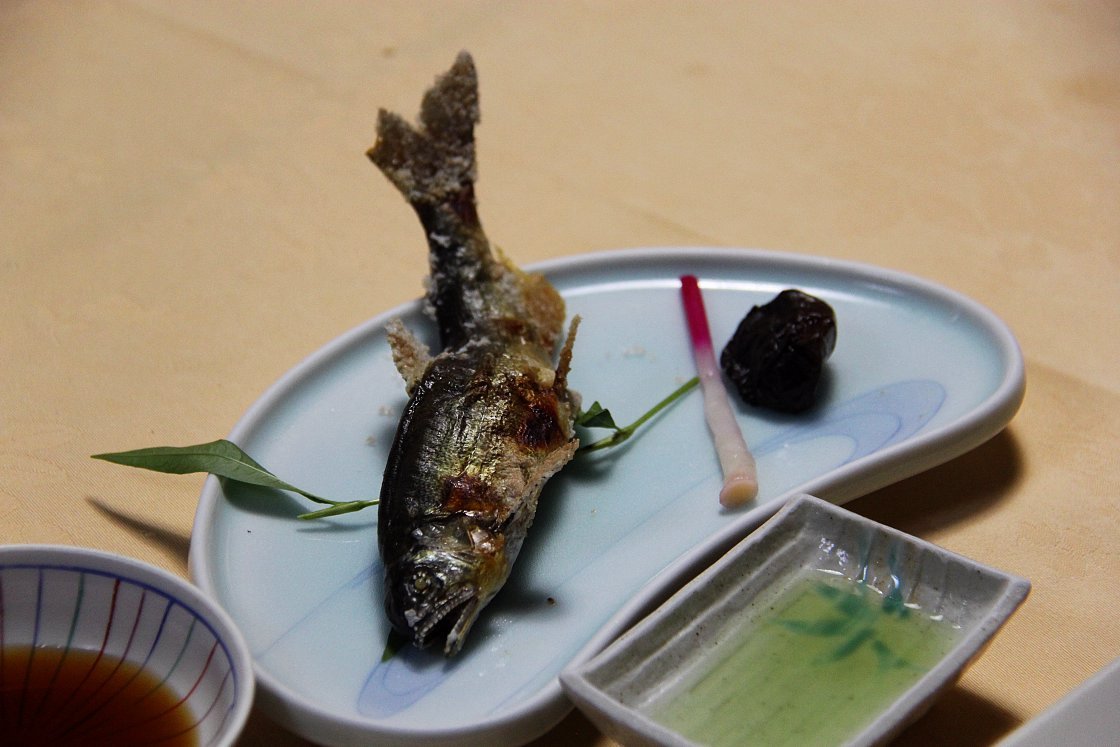
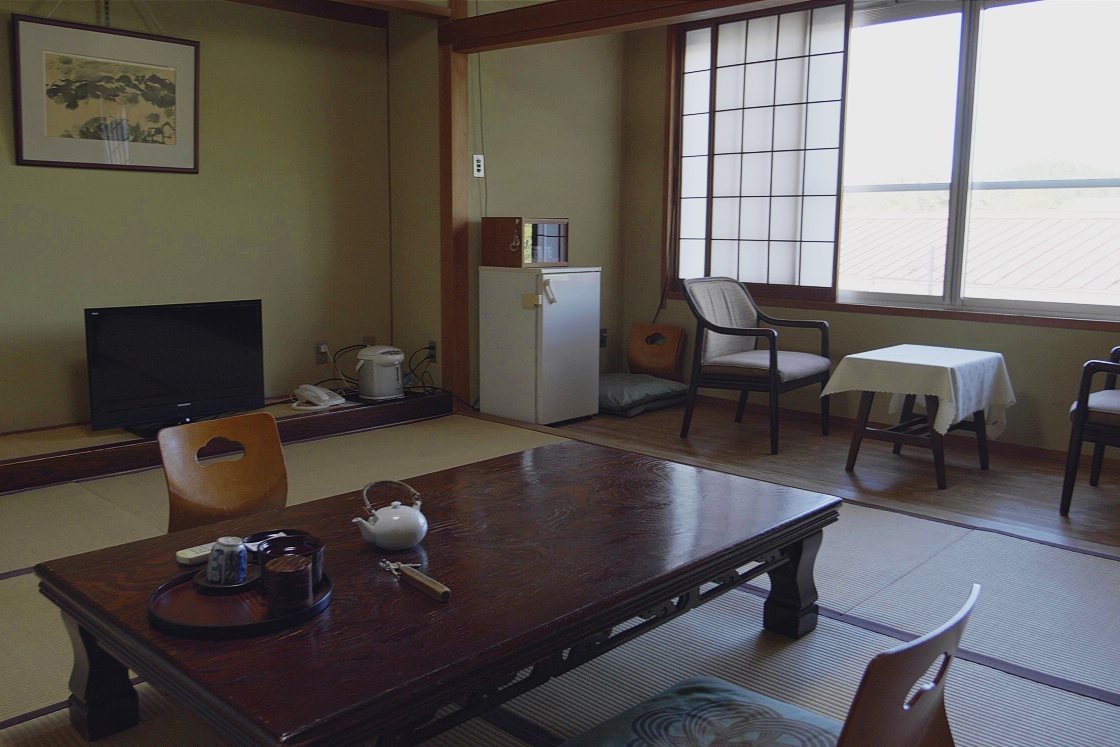
The next morning I rose early to be met with yet another delectable meal in the form of breakfast as my time on Mount Yoshino drew to an end. Invigorated from exploring, learning and eating great food, I made my way back down the mountain and toward Osaka.

Access
The one way ride between Osaka-Abenobashi and Yoshino stations takes 75 minutes and costs 1480 yen by limited express train or 90 minutes and 970 yen by express train. Limited express trains require seat reservations.
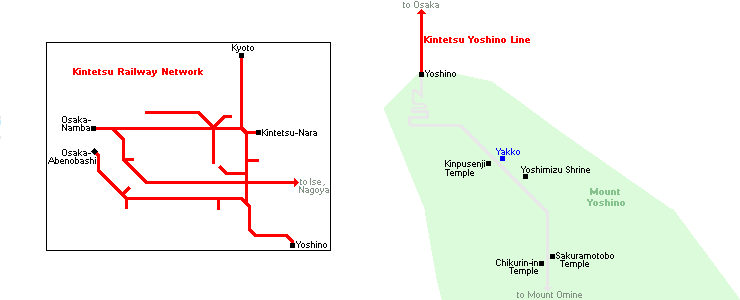
The Kintetsu Rail Pass 2day offers unlimited use of Kintetsu trains within the designated coverage area, including trains between Osaka, Yoshino, Nara and Kyoto, and is only available to foreign visitors. Note that the supplement fee for limited express trains is not covered by the pass. A 1-day pass is also available.
